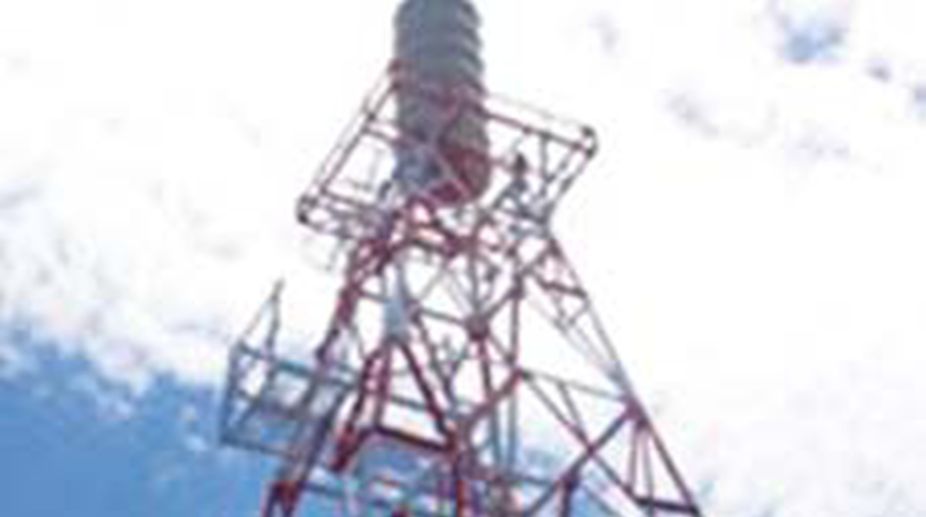The Odisha State Disaster Management Authority (OSDMA) has, for the first time in the country, established a technology-driven Early Warning Dissemination System (EWDS) including location based SMS alerts for natural disasters like tsunamis and cyclones.
Led by the National Cyclone Risk Mitigation Project (NCRMP) of India and funded by the World Bank, the EWDS shall help the residents of the state’s vulnerable coastal areas. One of the most exciting aspects of the new EWDS is its inclusion of location based SMS alerts with traditional channels such as sirens, TV, Radio etc, said official sources.
Advertisement
This is yet another pioneering effort of OSDMA in deploying disaster management and preparedness strategies. Its new EWDS will rely on meteorological and earthquake monitoring and seismic instrumentation systems to detect unusual atmospheric conditions and disturbances in ocean beds. Based on the severity of these conditions, the EWDS will then use location based SMS technology and other conventional methods to alert the affected regions.
With location based SMS, only the affected regions can be targeted, instead of sending mass messages to the entire state or multiple districts. This prevents spreading chaos and panic among citizens, while relaying useful information to all those who are in the affected region. SMS also ensures a higher success rate in information relay and helps to direct the state’s disaster mitigation teams with respect to preventive measures and necessary evacuations.
“By implementing India’s first instance of location based SMS alerting system, we aim to prevent loss of life, livelihoods, and damage to property.” said Mr Bishnupada Sethi, (IAS), MD of Odisha State Disaster Management Authority. Countries like Netherland and Chile which have implemented Cell Broadcast have seen only up to 15 per cent coverage and are now looking to migrate towards SMS.
Other countries like Sweden, Australia, Singapore, and Norway that have implemented national or regional alerting systems in the recent past have also chosen to use SMS over Cell Broadcast for its simplicity and effectiveness. It is indeed a welcome move that India, starting with Odisha, is leveraging the best disaster mitigation technology available in the form of location-based SMS to reach out to its large rural population, which mostly is not supported by cell broadcast.









